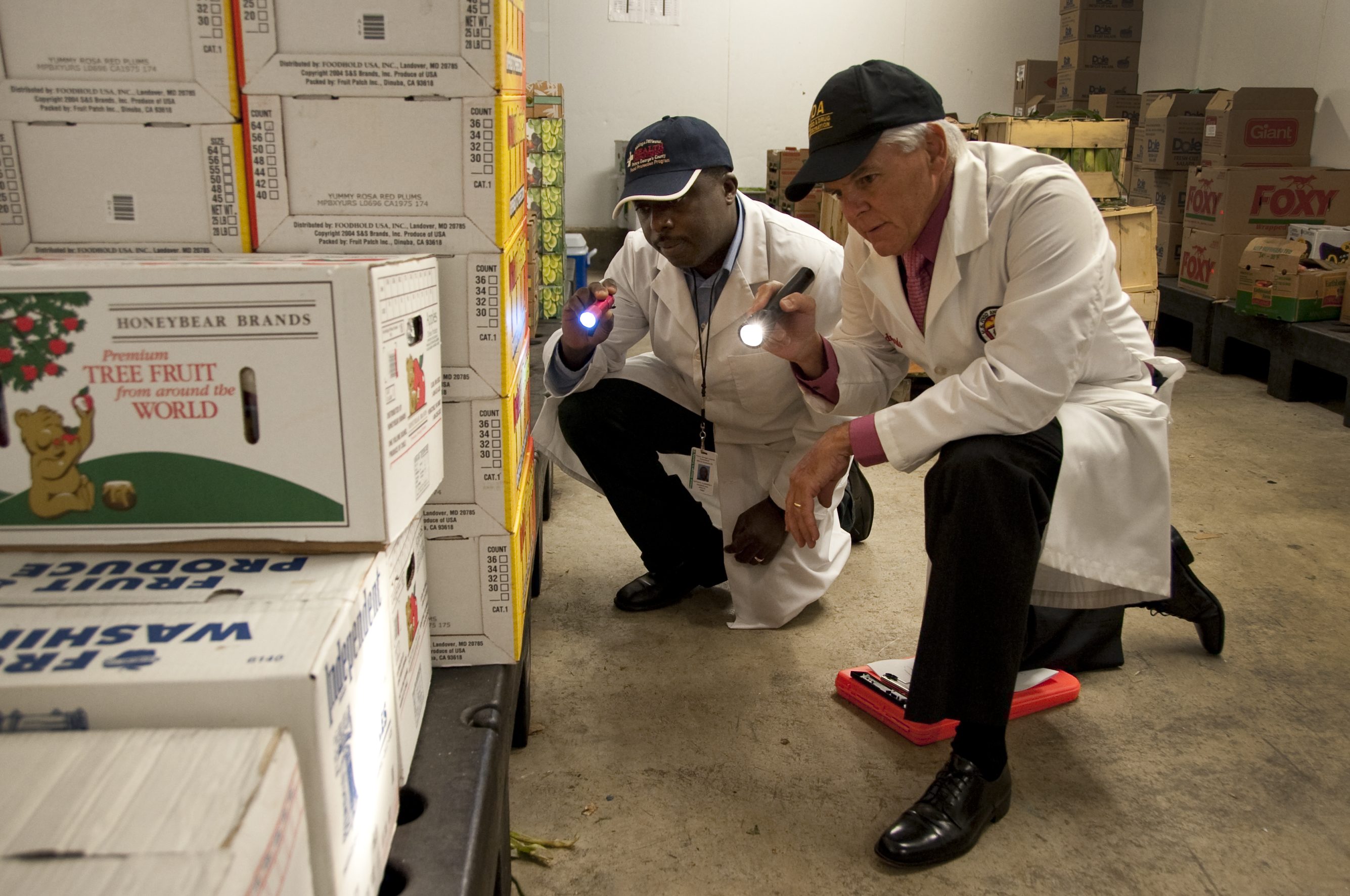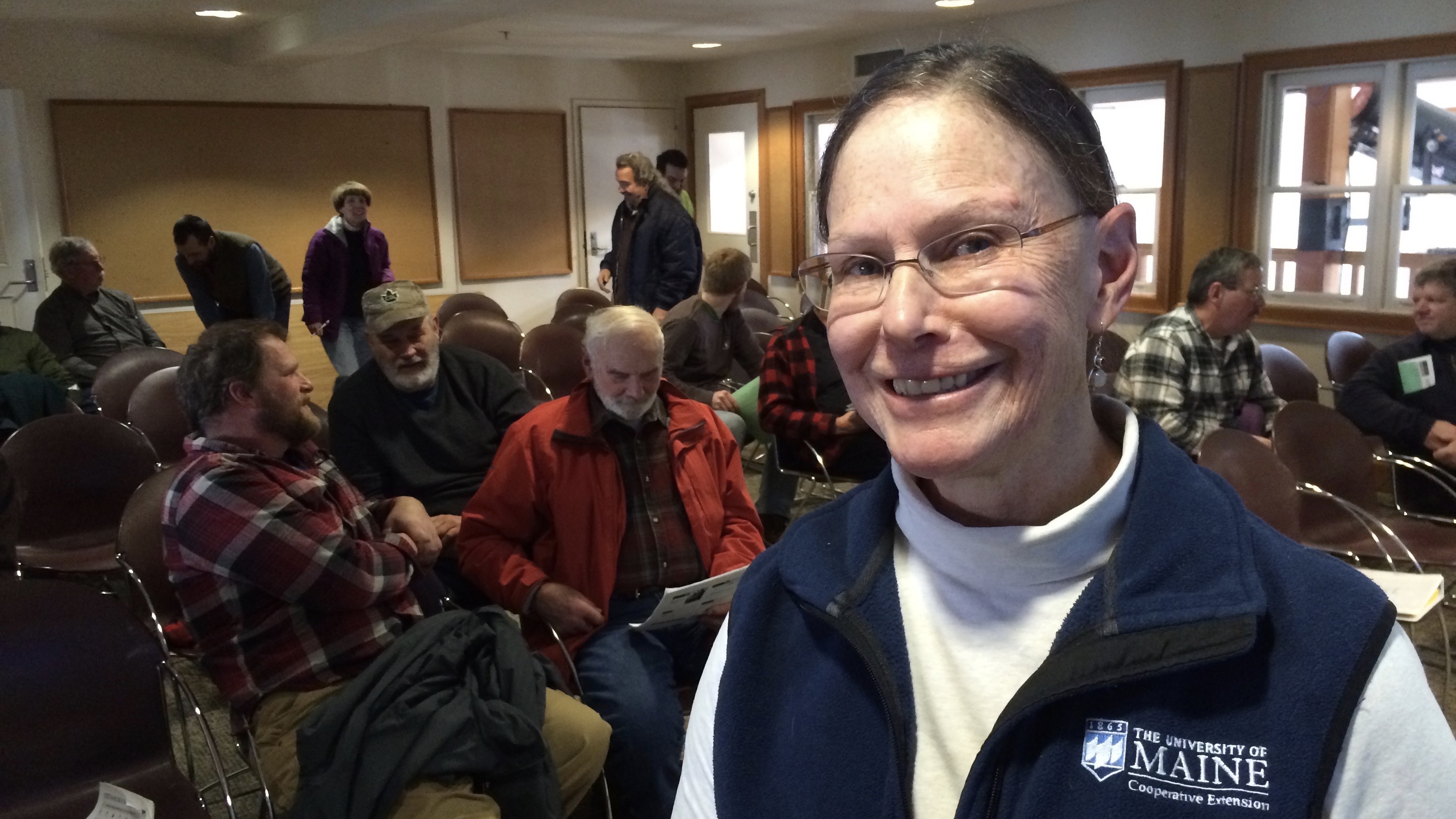Food Safety & Gov't Regulations
Expert advice on how to comply with FDA regs
Maple specialist offers steps for compliance
By PAUL POST, PETER GREGG | OCTOBER 1, 2018
Sugarmakers who produce more than 50 percent of their crop for the bulk market need to comply with the new Food Safety Modernization Act regulations. The deadline to register with the FDA was Sept. 17.
But then what?
Kathy Hopkins, maple specialist for the University of Maine Cooperative Extension advises sugarmakers to have a good, well-documented Food Safety Plan and adhere to Current Good Manufacturing Practices (CGMP). FDA inspectors can inspect sugarhouses unannounced at any time.
"Protect yourself," she said during a seminar last winter in Brattleboro, Vt. "If an FDA inspector makes a random visit and sees dust, dirt, peeling paint and no Food Safety Plan they can withdraw your exemption and force compliance with the FSMA. They're not there to make your life difficult. They're there to protect consumers."
If FDA shows up at your sugarhouse, common courtesy should prevail.
"Remember, be nice," Hopkins said. "You can catch more flies with honey than vinegar."
A good Food Safety Plan should identify hazards, understand their cause, outline prevention controls, show how production is monitored, and make provisions for periodic reviews and adjustments.
"You need a written plan," Hopkins said. "They want something they can see, that's not just in your head. You're required to certify that you have identified potential hazards and are implementing and monitoring controls to address hazards to ensure they effectively satisfy this report."
Hopkins referred to recent food safety headlines in the news that could affect the maple industry, specifically the Chipolte restauant chain that was subject to several food safety issues last year, resulting in a huge drop in sales.
"This is exactly what the maple industry doesn't need, as one bad producer can ruin things for everyone, which explains why safe, clean conditions are so important," Hopkins said.
"It's to protect your reputation and the industry," she said. "Put your inspector's hat on and think what youre going to do."
Hopkins outlines the three most common types of food safety hazards -- biological, chemical, physical -- with examples of each so producers know what types of things to avoid.
Biological hazards are things such as mold, yeasts and parasites.
Chemical may be things such as lead from buckets, along with cleaning chemicals, processing aids and defoamers. She recommends only using food-used approved materials.
"Boil as soon as possible and clean equipment regularly," Hopkins said. "There's one of your best management practices."
Physical hazards include glass, splinters, pieces of packaging, small stones, insect parts, pest droppings, hair and jewelry. Simple things, like wearing a white apron while making value-added products, shows an inspector that the producer cares about health and safety.
"The era of 'We've always done it that way' is over," Hopkins said.
For example, serving fresh syrup over snow is an iconic part of the sugaring season. But she showed photos that explain how hazardous this can be.
The main concern isnt with syrup, but snow and where it came from.
Has it been exposed to foot traffic, pets and bird droppings? What is shoveled off a roof with chipped and peeling paint? If any of these things are true, a producer is subject to all kinds of liability issues.
"If you're the FDA inspector, you're not going to let this pass," Hopkins said.
People can still make maple snow for personal and family consumption, but not the public. Even if they dont pay for it, that's not a risk you want to make, she said.
However, a similar product can be sold for public consumption using ice made from potable water, she said.
Hopkins also urged producers to have an allergen control plan for items such as peanuts, milk and dairy, eggs, tree nuts, eggs and fish.
"If you're using any of these things in maple, always make sure you have a clean counter and utensils," she said.
Likewise, sugar makers must also have a recall plan in place, so products can be quickly and easily identified and taken out of public circulation if health problems arise.
The Food Safety Modernization Act, which President Obama signed into law in January 2011, was the first major change in this area since the 1930s. Producers whose goods are resold, by supermarkets or larger maple companies, had until Sept. 17 to register with the FDA.
If a sugarmaker only makes syrup, candy and cream, which involves a kill step like boiling at 219 degrees, they're exempt. The exemption does not apply for producers that make items such as maple-flavored beverages, nuts and barbecue sauce, Hopkins said.
"It's a big issue," she said. "Consumers are concerned about their food. Protecting our food supply is really global now."
She offers a checklist of things for Current Good Management Practices that should be covered such as facility and grounds, processes and controls, equipment and personnel.
This includes specific areas including personal hygiene, cleaning and sanitation, water and equipment calibration, pest and pet management, building and equipment maintenance, handling and storage practices, along with building and equipment design, construction and installation. All workers should be able to produce evidence of food safety training.
For a sample Food Safety Plan for Maple see: www.bit.ly/1PPkzsm.
For more information about the Food Safety Modernization Act see: www.fda.gov/fsma.
For information about exemptions see: https://extension.psu.edu/fsma-preventive-controls-rule-exemptions.
































